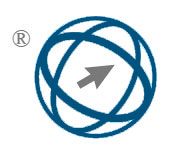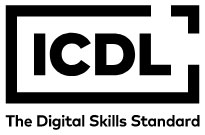A Synergistic Genetic and Particle Swarm Optimization Approach for Multi-Objective Process Parameter Optimization in Reconfigurable Assembly Lines
Abstract
With the rapid advancement of intelligent manufacturing technologies, Reconfigurable Flexible Assembly Lines (RFALs) have emerged as a promising solution to enhance production flexibility and efficiency. However, the process parameter optimization for RFALs, particularly in assembly line balancing, presents a complex NP-hard combinatorial optimization problem. This study aims to address the process parameter optimization in RFALs by considering multiple critical performance metrics, including production cycle time, tool replacement time, and assembly unit cost. A mathematical model is formulated to describe the optimization problem, clearly defining the objectives and constraints. Based on this model, a novel Synergistic Genetic Algorithm and Particle Swarm Optimization (SGAPSO) is proposed. The SGAPSO algorithm effectively combines the global exploration capability of Genetic Algorithms (GA) and the local exploitation and fast convergence characteristics of Particle Swarm Optimization (PSO). It employs a task sequence-based encoding method. In the GA phase, population evolution is driven by selection, crossover, mutation, and elitism. In the PSO phase, particle positions are decoded using the Smallest Position Value (SPV) rule, and iterations are optimized through standard velocity and position update equations. The key synergistic mechanism proved by ablation study involves periodically guiding the PSO population with elite individuals from GA and enhancing the GA population with superior solutions found by PSO. Experimental validation on standard benchmark problems and an industrial case study of pressure-reducing valve assembly shows that the SGAPSO algorithm outperforms standalone GA and PSO in terms of solution quality, convergence speed, and solution stability.
Full Text:
PDFDOI: https://doi.org/10.31449/inf.v49i34.9579

This work is licensed under a Creative Commons Attribution 3.0 License.









